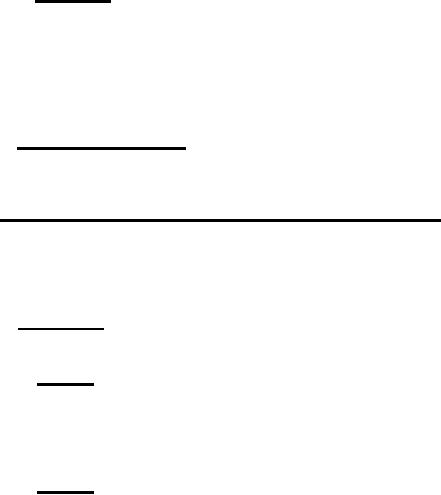 |
|||
|
Page Title:
Preproduction and periodic production inspection |
|
||
| ||||||||||
|
|  MIL-V-82466(OS)
determine compliance of the samples with the requirements of the contract,
specifications, and drawings. The VAND System shall be considered satis-
factory if it meets all specifications and pertinent drawing requirements,
and withstands the tests specified in 4.4 and 4.5 inclusive. Failure of
a periodic production sample to comply with requirements will result in
rejection of the lot and cessation of production, as determined by the
procuring activity.
4.3.2.1 Lot size. As applied to Government inspection of units of
product, the term "lot" shall mean "inspection lot", i.e., a collection
of units of product submitted by a supplier for Government inspection.
Unless otherwise specified, the number of units of product in "inspection
lots" will be as determined by the Government inspector and may differ
from the quantity designated in the contract or order as a lot for pro-
duction, shipment, or other purpose.
4.3.3 Acceptance sampling. The tests and examinations detailed in 4.5
shall be conducted on each VAND System to be delivered; therefore, there
shall be no sampling for acceptance. Defective units shall be rejected.
4.4 Preproduction and periodic production inspection. The preproduction
and periodic production samples, after satisfactorily passing the accept-
ance inspections detailed in 4.5, shall be subjected to the following tests
and examinations. Failure to meet any requirement specified herein shall
be considered cause for rejection of the lot represented and units tested.
4.4.1 Vibration. The Vacuum-Air-Nitrogen Distribution System, mounted
as specified in 3.4.1.1, shall be subjected to the following tests:
4.4.1.1 Test 1. The equipment shall be vibrated with a frequency
varying between 10 and 33 cycles per second at a total excursion of 0.06
plus or minus 0.006 inch. The frequency shall vary uniformly from 10 to
33 cycles per second and return to 10 cycles per second in approximately
one-half minute.
4.4.1.2 Test 2. The equipment shall be vibrated with a frequency
varying between 10 and 55 cycles per second at a total excursion of 0.03
plus or minus 0.006 inch. The frequency shall vary uniformly from 10 to
55 cycles per second and return to 10 cycles per second in approximately
one minute.
NOTE: Application of vibration specified
in the above two tests shall be in each of
the three major axes for a period of fifteen
minutes each.
7
|
|
Privacy Statement - Press Release - Copyright Information. - Contact Us |